Learning Objectives
- To encourage you to think critically about different kinds of pollution, their consequences, and sustainable waste management
Resources needed
- Internet connection
Warning!
You can try out all activities and excercises, but you can't save any data. Please login or create a free account to save your data.
Environmental problems including all types of pollution require us to gain a deeper understanding of possible causes and consequences, so that we can seek to make individual and collective efforts to improve the situation. This activity aims to address the issues of pollution and waste management.
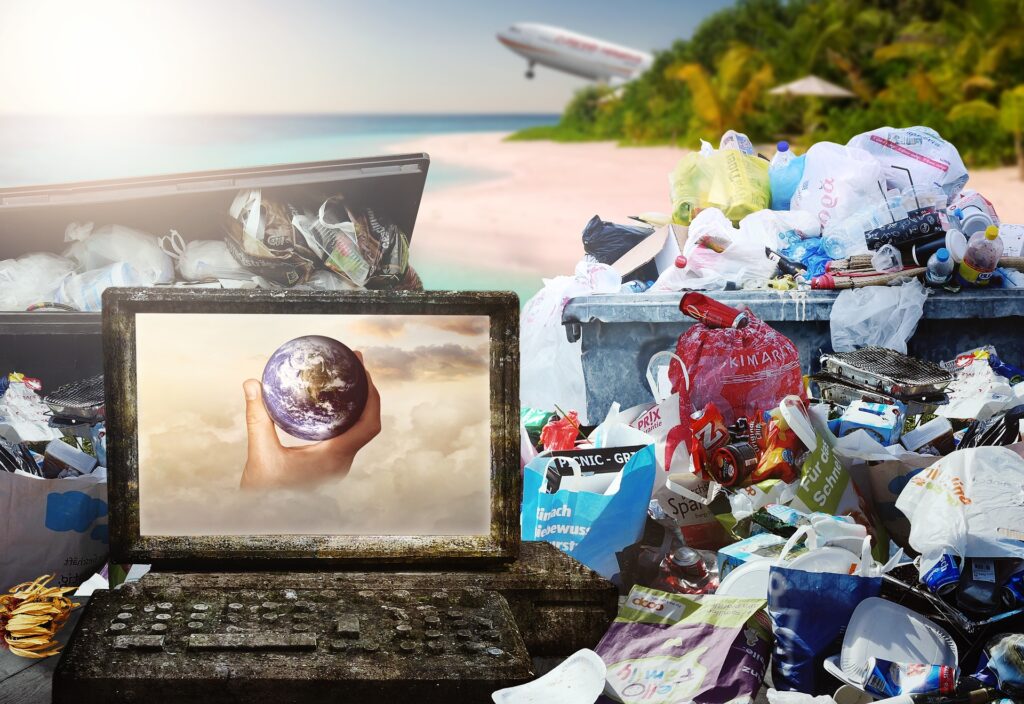
Exercise 1: Why is it important to focus on pollution?
First, before we dig deeper into the topic of pollution, let’s do a quick quiz about.
Quiz
What do you think is the most dangerous type of pollution?
- Air pollution
- Water pollution
- Land contamination
- Light pollution
- Noise pollution
- Plastic pollution
- Radioactive contamination
- All of the above.
“Pollution, also called environmental pollution, the addition of any substance (solid, liquid, or gas) or any form of energy (such as heat, sound, or radioactivity) to the environment at a rate faster than it can be dispersed, diluted, decomposed, recycled, or stored in some harmless form. The major kinds of pollution, usually classified by environment, are air pollution, water pollution, and land pollution. Modern society is also concerned about specific types of pollutants, such as noise pollution, light pollution, and plastic pollution. Pollution of all kinds can have negative effects on the environment and wildlife and often impacts human health and well-being.” (Britannica, n.d, para. 1)
Your result:
- Correct answers:
- Wrong answers:
What is air pollution?
Air pollution happens when a substance in the air has harmful or poisonous effects.
What are the consequences of air pollution?
Health: Respiratory problems; irritation of the eyes, nose, and throat; and risk of cancer
Environment: Crop and forest damage; global climate change; ozone depletion; and effects on wildlife.
What can individuals do to reduce air pollution?
Individuals can, for example, try using less energy, walk, and ride bikes.
What are the major air pollutants that you know?
Particulate matter (PM10 and PM2.5), Ozone (O3), Nitrogen dioxide (NO2), Carbon monoxide (CO), and Sulphur dioxide (SO2).
The followings are the descriptions of each type of the pollution:
As teachers, we have the opportunity to make a positive difference by making learners aware of the dangers and causes of pollution.
Now please read the following article entitled ‘World health day: Pollution endangers both environmental and human health’. After reading the article, please think of the types and sources of pollution that you face every day. There are some we may not be consciously aware of.
If you wish, share your list in the following box, along with the name of the city where you live. It can be interesting for other people to see what pollution looks like in different settings, and you can also see answers from other teachers.
Answers from other users
Graz.
Please check the following website ‘Our world in data’. It provides you with data on plastic pollution. Please check the data and take notes (using pen and paper) on everything that’s relevant to you, your country, or your region in the text field below. The following questions can help and guide you:
- What do you think, how has your country of residence contributed to the plastic pollution?
- How does your country of residence manage (or recycle) the plastic waste?
- What can you do to be more environmentally friendly and contribute less to pollution?
- What is pollution in the area where you teach like?
- What are the possible factors of why it is the way it is today?
Now please think about promoting awareness on pollution to your students and answer the following question
What can you do to further promote awareness on reducing pollution among your learners?
If you would like to read some ideas about how to teach about pollution, please check the following article entitled ‘10 Hands-On Science Projects to Teach About Pollution‘.
Exercise 2: Sustainable waste management
Begin by estimating (in kilograms or in a different unit of mass) the amount of waste you produce every day, every week, every month, and every year. The waste will include everything from food you didn’t eat, boxes from parcels, or electronics, to also clothes you threw away.
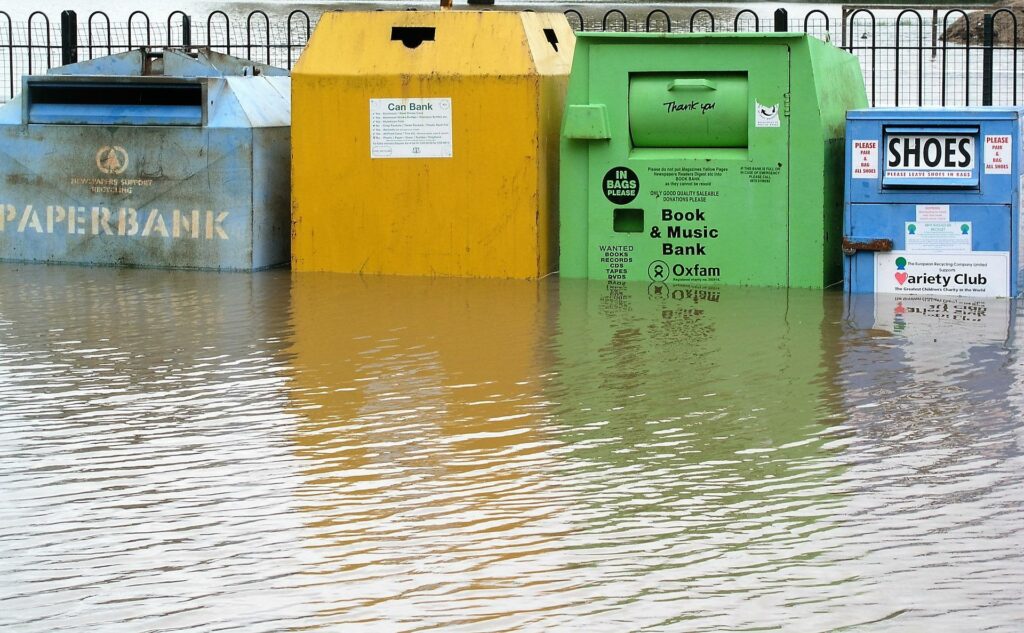
Try to estimate how much waste you normally produce:
- 0.1 – 1 kg daily, 3 – 30 kg monthly, 36.5 – 365 kg yearly
- 1.1 – 2 kg daily, 33 – 60 kg monthly, 401.5 – 730 kg yearly
- 2.1 – 4 kg daily, 63 – 120 kg monthly, 766.5 – 1,460 kg yearly
- 4.1 – 6 kg daily, 123 – 180 kg monthly, 1.49 – 16.79 tonnes yearly
How much waste you normally produce?
How much of that waste is actually recyclable (in percentage)?
“The world generates 2.01 billion tonnes of municipal solid waste annually, with at least 33 percent of that—extremely conservatively—not managed in an environmentally safe manner. Worldwide, waste generated per person per day averages 0.74 kilogram but ranges widely, from 0.11 to 4.54 kilograms. Though they only account for 16 percent of the world’s population, high-income countries generate about 34 percent, or 683 million tonnes, of the world’s waste” (The world bank, 2022, para. 1).
“Waste composition differs across income levels, reflecting varied patterns of consumption. High-income countries generate relatively less food and green waste, at 32 percent of total waste, and generate more dry waste that could be recycled, including plastic, paper, cardboard, metal, and glass, which account for 51 percent of waste. Middle- and low-income countries generate 53 percent and 57 percent food and green waste, respectively, with the fraction of organic waste increasing as economic development levels decrease. In low-income countries, materials that could be recycled account for only 20 percent of the waste stream. Across regions, there is not much variety within waste streams beyond those aligned with income. All regions generate about 50 percent or more organic waste, on average, except for Europe and Central Asia and North America, which generate higher portions of dry waste” (The world bank, 2022, para. 4). Link
Now please read the following article about the negative effects of improper waste management. The article also further provides infographics and videos relevant to the topic. After reading the article, please answer the following:
What does the waste management at your school look like?
What suggestions can you make for better waste management at your school?
What can you do to promote awareness for reducing pollution and for improving waste management model at your school?
Exercise 3: Sustainable with 5Rs
Thinking about our everyday consumption, an average European person produces about 620kg of waste per person a year. To address this problem, we can consider the 5Rs, namely: Refuse, Reduce, Reuse, Repurpose, Recycle.
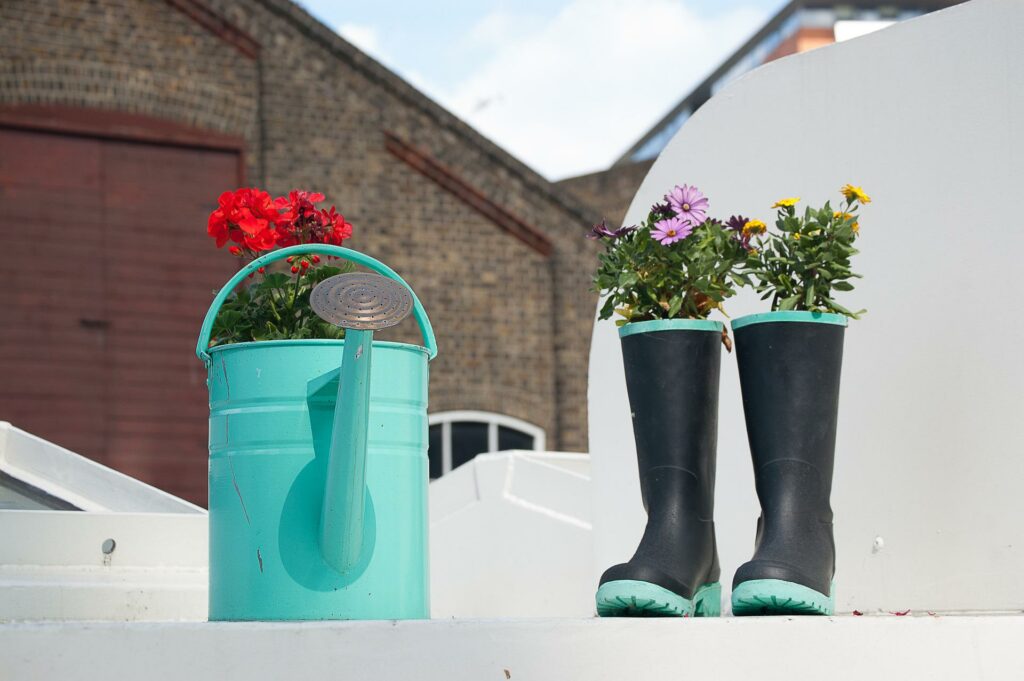
Please read the following article about 5Rs. The article elaborates what each term means and what we can do to implement these in our lives. For more concrete examples, please watch this 2-minute video about a couple implementing the 5Rs in their life.
Looking at daily activities and consumption habits at your school, what items do you think are applicable for the 5Rs? Please answer the following question:
What daily school items that your school could REFUSE, REDUCE, REUSE, REPURPOSE and RECYCLE in order to minimise waste?
The following are some ideas on tips for encouraging sustainability through 5Rs in the workplace (EZ Office Products, 2019, para. 3-9).
REFUSE

- Refuse unwanted freebies at trade shows and conferences
- Refuse single-use disposables in the office kitchen, such as disposable cutlery, plastic bottled or boxed water, paper plates, and stir sticks – go for reusable instead
- Refuse junk mail at the office by opting out of mailing lists
(EZ Office Products, 2019, para. 3)
REDUCE

- Go paperless in the workplace to reduce paper usage
- Buy office supplies in bulk, and that have little or no packaging
- Stock the office cleaning supply closet with non-toxic, biodegradable cleaning products
- Turn on energy-saving settings on office computers
- Encourage responsible transportation to work, like carpooling and biking
(EZ Office Products, 2019, para. 4)
REUSE

- Go for reusable water cups or bottles instead of plastic bottles
- Stock the breakroom with traditional reusable plates and silverware instead of disposable paper plates and plastic cutlery
- Refill your printer cartridges instead of buying new ones
- Reuse boxes and packaging material from the mail for future packages
- Switch from single-use Keurig pods to a different coffee machine or purchase a reusable Keurig pod
- Purchase hand towels for the office kitchen instead of using paper towels
- Repair broken or faulty office equipment or other items
- Donate items the office doesn’t need so someone else can reuse them
(EZ Office Products, 2019, para. 5)
REPURPOSE
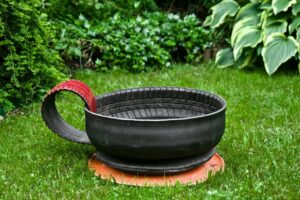
- Take office cardboard, paper towels, or toilet paper tubes home for crafts for kids
- Repurpose trash-bound office paper for scrap paper or games like Pictionary
- Use paper or Styrofoam to-go cups as a plant watering can
- Remove the ink tube from old pens, and tuck rolled-up cash in the barrel to conceal your secret stash for travel
(EZ Office Products, 2019, para. 6)
RECYCLE
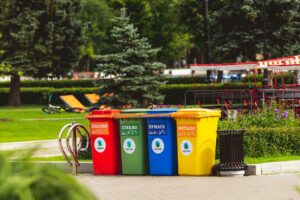
- Recycle these office supplies: Electronics, Batteries, Toner and ink, Office furniture, Chair mats, Office paper, and Lightbulbs according to the local recycling guidelines.
(EZ Office Products, 2019, para. 9)
Now, please think of ways to promote the 5Rs in your school context? If you wish, you can choose some of the ideas above that’s relevant to your school context.
If you would like to see more ideas other people do at their schools, please check the following article “The Five R’s from The Green Schools Initiative”
